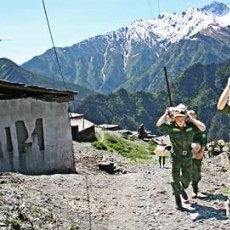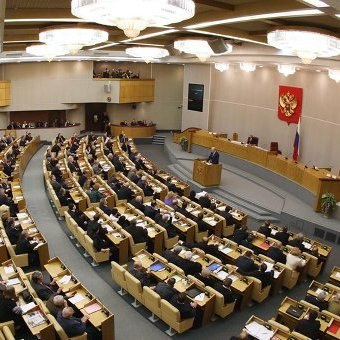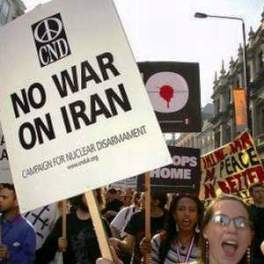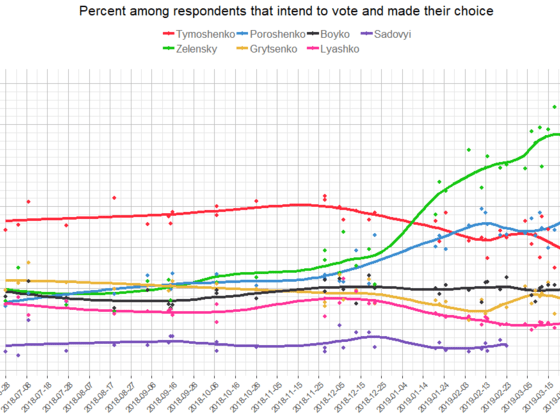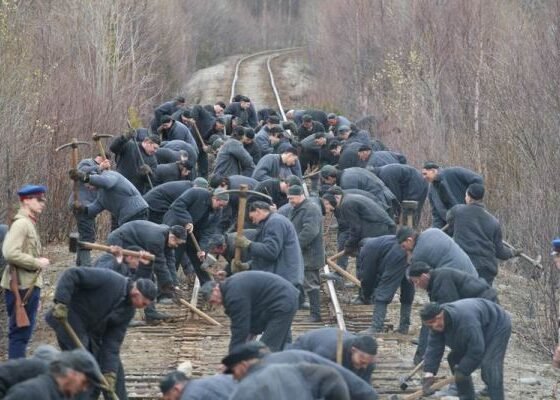(The National Interest) As it gears up to host next February’s Winter Olympics in Sochi, the Russian Federation is carefully considering its position in the Caucasus. Russian president Vladimir Putin recently called on a well-known deputy in the State Duma, Ramazan Abdulatipov, to become the head of the Republic of Dagestan. This change at the top of the region’s political power structure quickly became one of the main topics in the Russian media, which was by no means a coincidence given the high incidence of terrorist attacks and acts of sabotage since 2005 in this largest republic of the North Caucasus.
In 2012 alone, 405 people were killed and 290 injured in Dagestan as a result of armed violence. These days instability is perceived as somehow intrinsic to the region. Additionally, the social and economic outlook for the republic does not look so positive. Even though the unemployment rate decreased by almost 2 percent in 2012, it remained very high at 11.7 percent. Even more troubling is that those figures reflect only those people specially registered as unemployed—the true unemployment rate is probably higher. The average salary in Dagestan is just half of the average for Russia as whole. The republic also faces a deficit of land. Agricultural lands make up 66 percent of the total area of the republic, of which 70 percent are pastures, while at the same time available arable land in Dagestan is, on a per-capita basis, a third of the rate in Russia as a whole.
Yet Dagestan has considerable strategic importance for Russian security and economic development. The republic boasts considerable resources, though it has not yet been effectively developed. Dagestan contains the most hydropower resources in the North Caucasus. It is also host to developed infrastructure base for maritime transport. The Makhachkala sea port on the Caspian Sea is the only Russian ice-free port on the Caspian Sea and it has linkages to four different foreign states: Azerbaijan, Iran, Kazakhstan and Turkmenistan. This positions Dagestan as an important hun within the trading system that moves goods to Europe and the north-east of Russia, as well as the states of Central Asia and the Caucasus. The republic could potentially become a center for energy production due to its substantial proven reserves of oil (13.7 million tons) and natural gas (45.5 billion cubic meters). Additionally, Dagestan contains portions of Russia’s interstate borders with Azerbaijan and Georgia. […]
See the full article | © The National Interest

